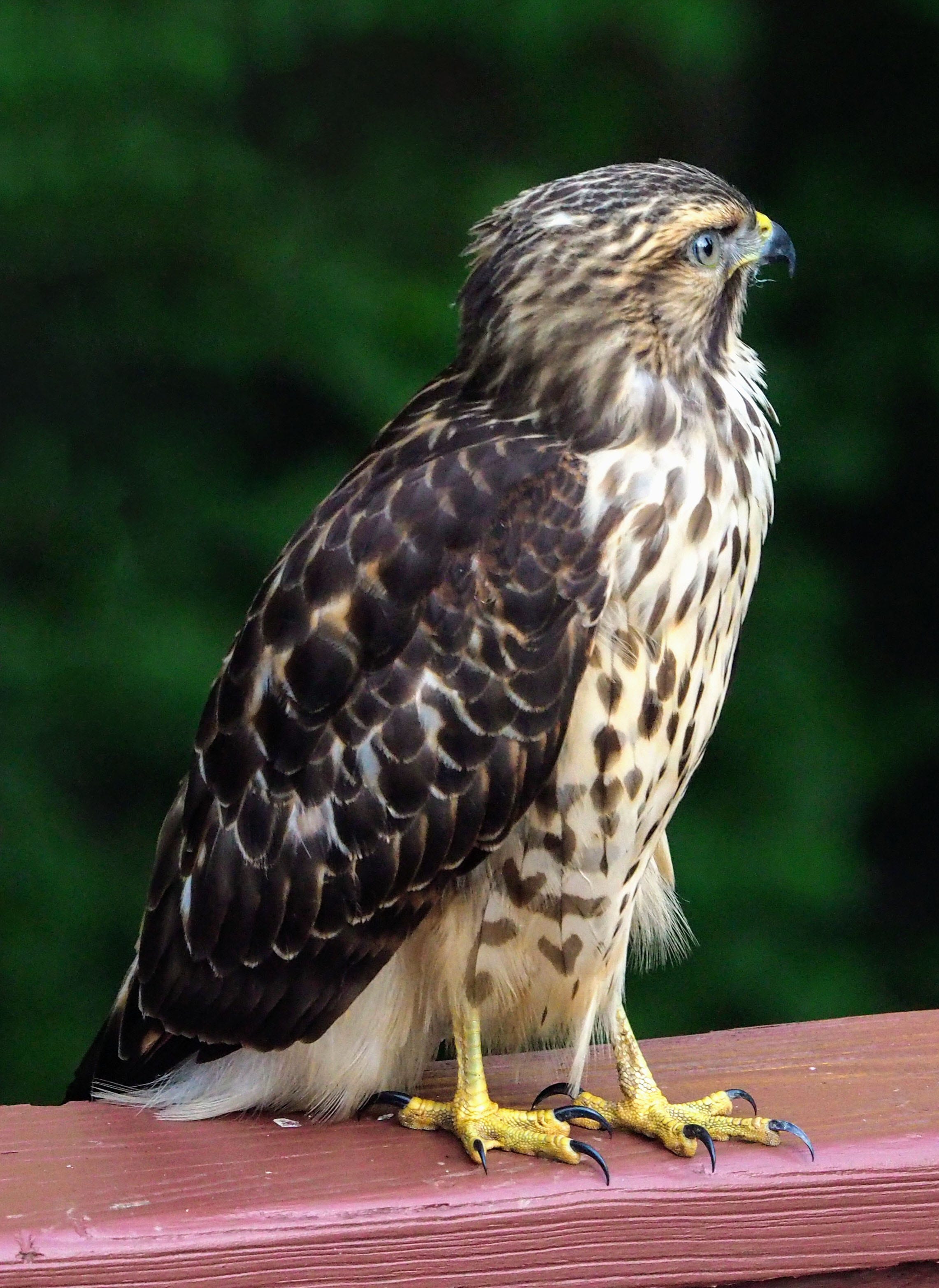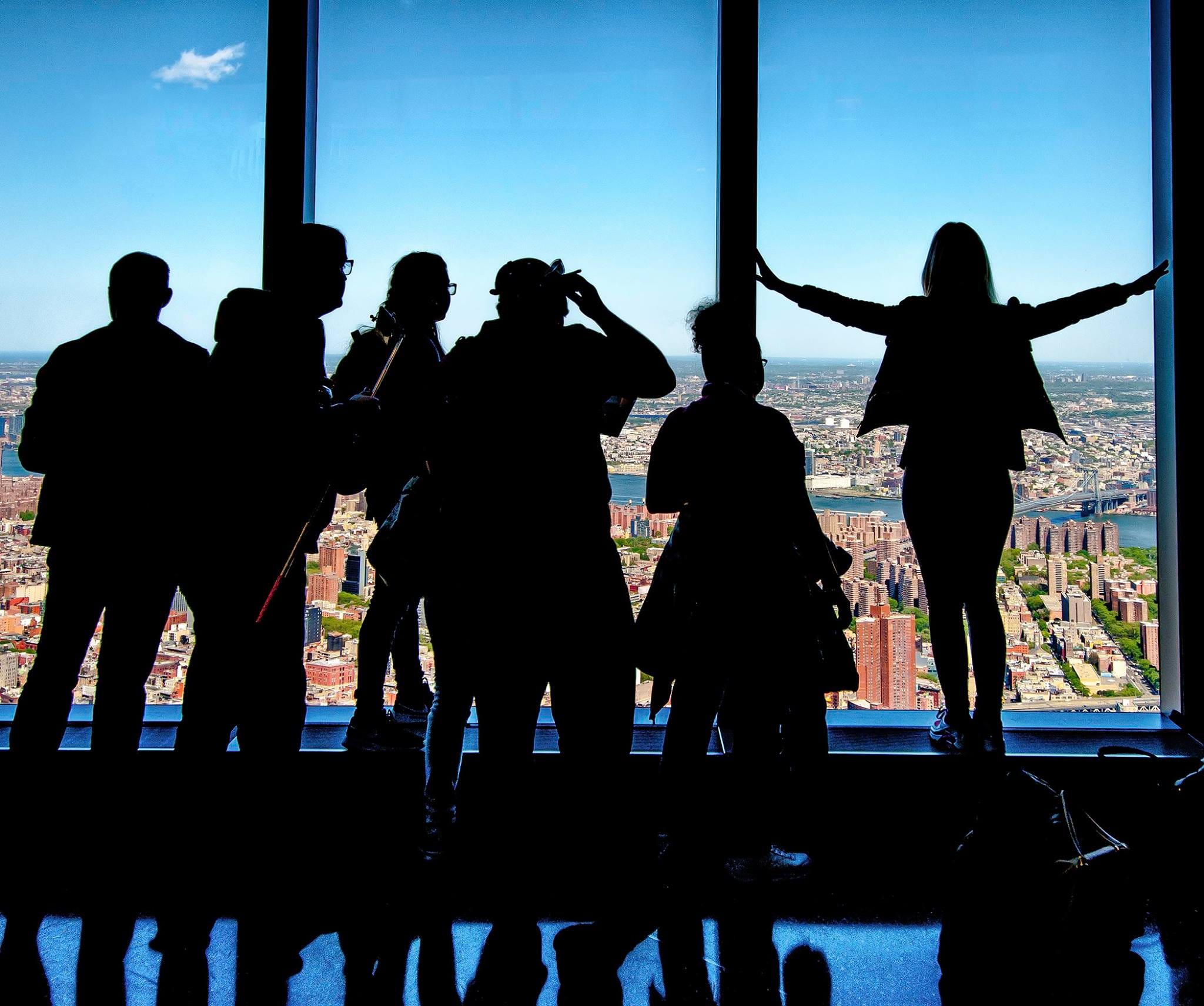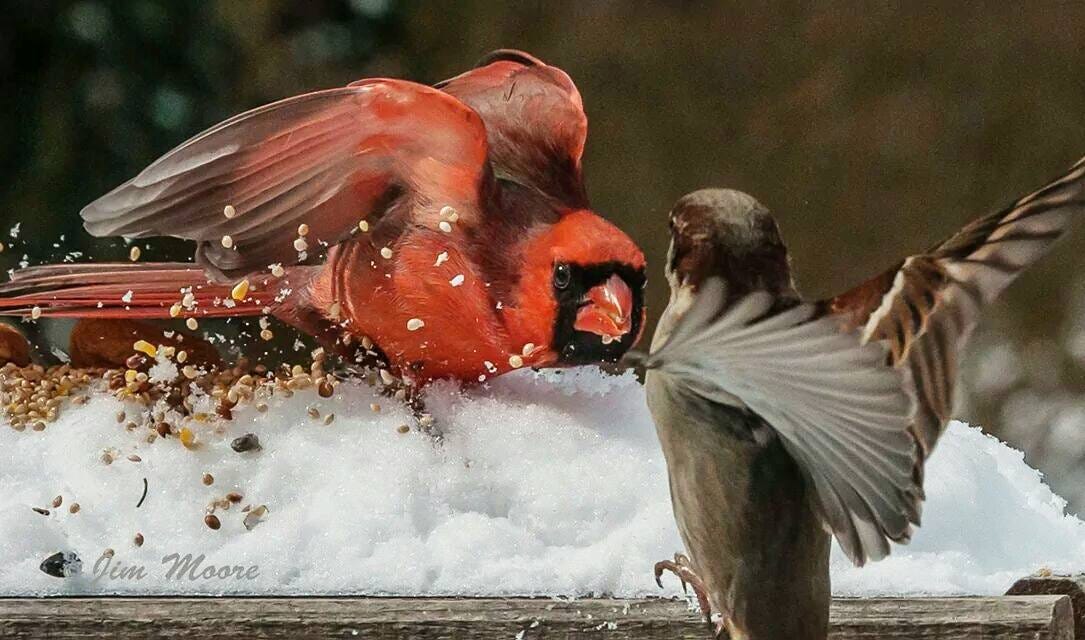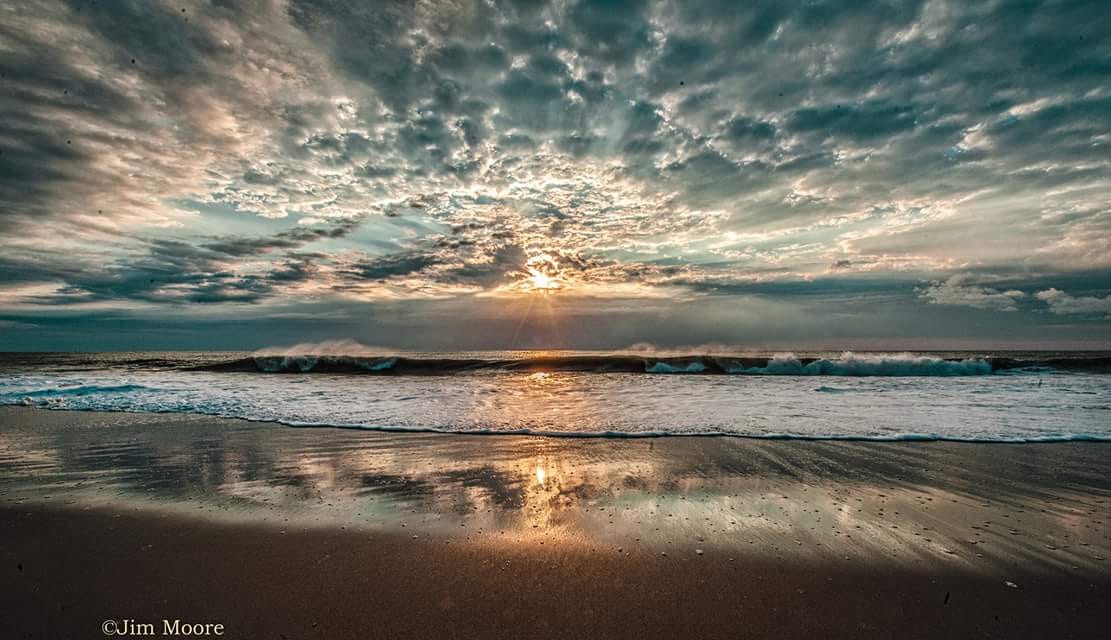iPhone or Nikon, Samsung or Canon, pinhole or Olympus, it is not about the gear; it is about the eye.

“Very nice. What camera and lens made this magnificent photo?”
The unintended backhanded compliment
The above question was posted on Facebook under the excellent photograph of a juvenile sharp-shinned hawk perched on a deck rail. The picture was taken by Dr. Mike Amedeo, a friend of mine here in Northern Virginia. Mike, a fine internist, is not a professional photographer, though he shoots with the precision and eye of one.
In all fairness to the the FB poster, I’m sure he had intended to praise Mike, but, as happens all too often, posts like this end up crediting the camera and not the photographer.
What is the “best” camera?
It is axiomatic in photojournalism that the best camera is the one you have with you at the moment
In a world bloated with phone camera pictures, many of which are, admittedly, outstanding, there are serious amateurs and professional photographers who are also equipped with big glass — high-end cameras with lenses costing well above $2,000 — and they produce beautiful, important, thought-provoking images not because they employ expensive cameras, but because they know what to do with the cameras they employ.
I have friends on social media who are multi-Pulitzer-Prize winning photographers. They did not earn those awards because their cameras “made this magnificent photo.” They are Pulitzer recipients because “they” made magnificent photographs and could have done so (and do so) with an iPhone or a Samsung Galaxy.
I also have friends like Becky Gibson Portwood, of Cleveland, GA, and Meggan Healy Florell, of Plainfield, Il, who are serious non-professional photographers who create images that please the eye and tickle the mind with their carefully shot, emotion-packed compositions. Both Becky and Meggan take on professional clients — weddings and portraits, for example — but they do so because their work, not their cameras, garners the attention of people who see value in their skills and vision.


Pinhole lesson in humility
Many summers ago — decades before digital photography would become a thing — I attended a photography workshop in Aspen, Colorado, taught by one of the great names in the field of photographic arts. On the first day of his lecture, he made all of us build pinhole cameras. He made one too.
Every camera was constructed from the same list of materials. We each had one frame of film, and our assignment was simple: photograph the mountains. We also processed our film in the school’s darkroom, so control was ours from beginning to end.
As expected, most of us came back with mediocre results. There were a few failures and a few pretty good images. Our teacher’s image was gorgeous. It was a beautiful shot not just for the technical quality of the image, but for the composition, the sensitivity to light and shadows, the artist’s appreciation for what to leave in and what to leave out.
Hone your skills before opening your wallet
When I returned to my job as a newspaper photographer, I returned with a different eye, a more inquiring sensitivity to the subjects of my pictures. The cameras in my bag, once taken for granted, became tools of expression. I don’t think I upgraded my cameras for years after that workshop.
Today, 55 years after joining the ranks of photojournalists, and now long-retired from that profession, I still reach for whatever camera is closest to capture those moments that spark my imagination, intrigue my eye, and, possibly, bring some creative piece of myself to friends on Facebook.


The best brush won’t paint the picture
But the best brush in the hands of an artist, can be an exquisite tool
That they use a Nikon or Canon or Olympus, or shoot in large formats with traditional film-loaded studio cameras (yes, they still exist), simply speaks to the quality and flexibility of the imaging tools in their respective bags.
They have learned through years of experience which tool to use and when.
“It’s like praising a great chef’s stove for the meal.”
Michael S. Williamson, a Washington Post photographer, a recipient of two Pulitzer Prizes, responds to queries about his camera choice with, “Whenever someone asks me what kind of camera I use I pause and answer, “I’m not sure, let me check.” — “Oh, it’s a black one.”
Whether shooting with a phone or a big-glass, big dollar camera, Michael’s work is distinctive for the brilliant colors and emotion-stirring compositions he creates. Lenses are his brushes; the sensors are his canvases. He is the artist.
“I’m not sure, let me check” — “Oh, it’s a black one.”
My friend and colleague Steve Northup, a news and feature photographer whose outstanding work for UPI, The Washington Post, and Time magazine helped shape my own photojournalism career, puts the comparison between the camera and the photographer in simple terms when he quips, “It’s like praising a great chef’s stove for the meal.”
I bring this up in defense of excellent photographers like Mike Amedeo and other non-professional photographers like Becky Gibson Portwood and Meggan Healy Florell because photography as an art, as a medium for informing, as a means to reveal the unseen or unnoticed workings of the world around us, is still a rare gift.
Kudos to the photographer
So, the next time you stop in your browsing to admire a wonderful picture, praise the photographer…and forget about the camera.






No comments:
Post a Comment